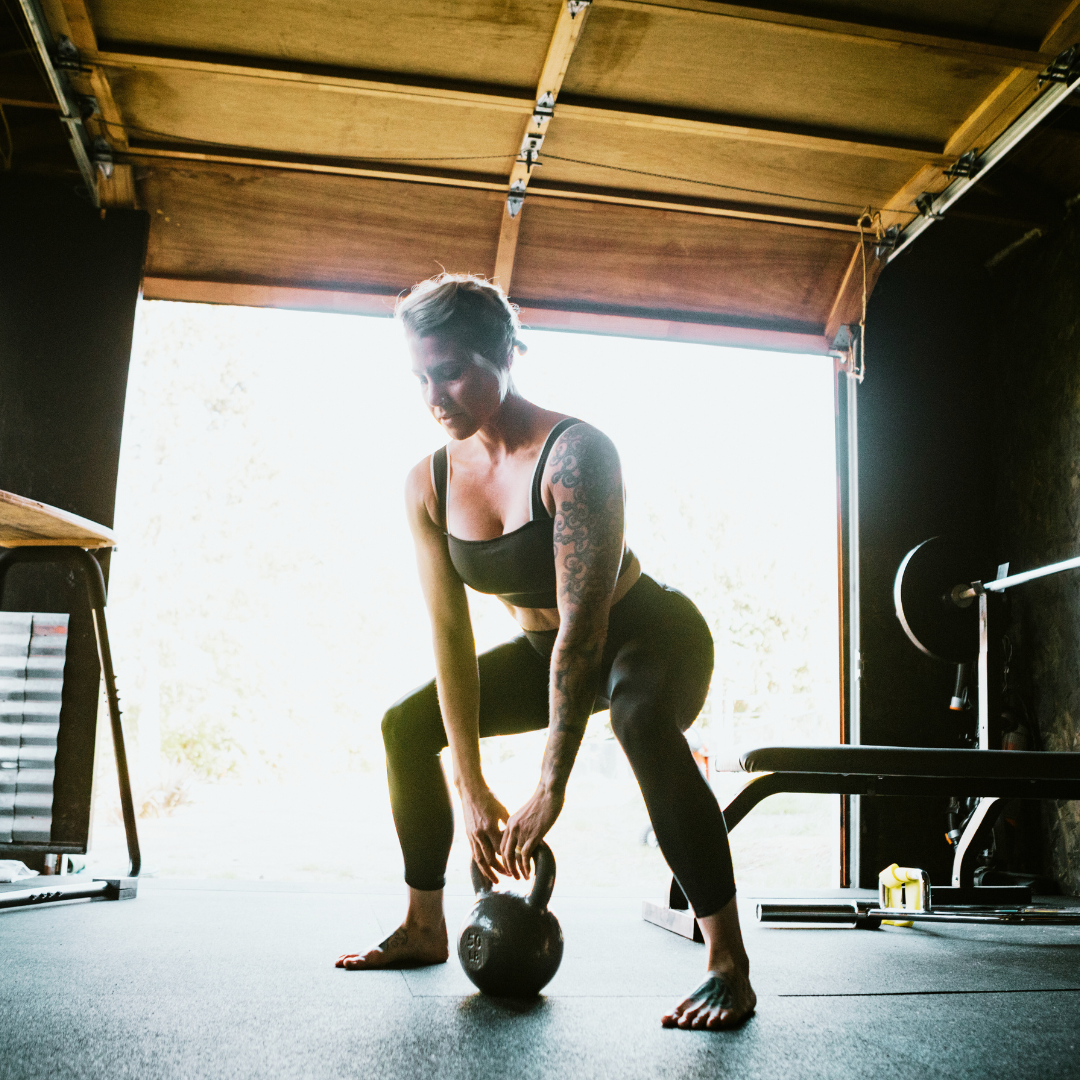How to Build Athletic Muscle in Your Garage Gym and Become a Hybrid Athlete

Let’s face it, building athletic muscle is like trying to cook a gourmet meal with just a microwave and a can of beans. It seems impossible, but with the right approach, you can transform your garage gym into the birthplace of a hybrid athlete. And no, you don’t need to be a superhero or have some magical formula—just a lot of grit and a sense of humor. Let’s dive in.
So, what exactly is athletic muscle? Picture Rob Gronkowski, Jordan Burroughs, or Tia-Clair Toomey. These folks don’t just have muscle—they have the kind of muscle that looks like it could bench press a car and then chase it down the street. This isn’t just about looking good in a tank top; this is about functional, adaptable, I-can-do-anything-you-can-do-better muscle.
Now, before you get too excited and start bench-pressing your car in the driveway, let’s talk about what we don’t want. Imagine Thor or Eddie Hall in their prime—massive, yes, but not exactly built for speed or agility. You wouldn’t see Eddie Hall doing cartwheels down the football field, and that’s okay because their muscle is designed for something else entirely. But if you’re aiming to be a hybrid athlete, you need muscle that’s more versatile than a Swiss Army knife.
Think of Tia-Clair Toomey—she’s a CrossFit champ and an Olympic weightlifter. Her muscles aren’t just for show; they’re functional across a range of sports. That’s the kind of muscle we’re after—strong, lean, and capable of handling anything you throw at it, whether it’s lifting heavy weights or chasing after your kid who just stole your protein shake.
But here’s the kicker: size matters, but not in the way you think. We’re talking about hypertrophy here, folks. Not some bodybuilder’s quest to look like a human action figure. There’s a science to this—myofibrillar versus sarcoplasmic hypertrophy. Fancy terms, but don’t let them scare you. Basically, you want muscle that’s strong and powerful without sacrificing mobility or functionality. Because let’s be real, what good is all that muscle if you can’t bend down to tie your shoes?
Let’s talk lean muscle mass. This is the kind of muscle that looks good, feels good, and actually works for you. It’s not just about lifting heavy; it’s about how you fuel your body, too. That’s right—your nutrition plays a big role here. And don’t even get me started on range of motion. Rob Gronkowski can plow through defenders because his muscles move like a well-oiled machine. If your muscles are tighter than your budget after a holiday shopping spree, you’ve got some work to do.
Jordan Burroughs, one of the greatest wrestlers ever, has this explosive power because he trains through full ranges of motion. And Tia? She’s out here back squatting over 340 pounds and cleaning 260 pounds like it’s no big deal. That’s the kind of strength, speed, and range of motion you need to build in your garage gym.
So, how do you build this kind of athletic muscle without turning into the Hulk? Here are five keys you can use in your garage gym to become the hybrid athlete you’ve always wanted to be:
-
Recovery: If you want to be the best version of yourself, you’ve got to prioritize recovery. Get 8-10 hours of sleep, do your mobility work, and stretch those muscles like you’re Gumby. And yes, that means yoga. You might think yoga is just for people who like to relax, but lengthening is strengthening, my friend. Hit the sauna if you’ve got one, and don’t forget your nutrition. Aim for at least one gram of protein per pound of body weight. And if you’re serious about this, throw in some creatine and whey protein to recover like a champ.
-
Technical Coordination Movements: Ever seen Jordan Burroughs drop and hit his blast double? That’s technical coordination at its finest. It’s like dancing, but with more sweat and less rhythm. Focus on movements like snatches, cleans, and jerks. Move heavy weight fast, but do it with a technical mindset. This isn’t just about brute strength; it’s about precision. Get this right, and your athletic muscle will start to look more like a well-tuned sports car than a clunky old station wagon.
-
Absolute Strength Work: We’re talking back squats, single-leg squats, bench presses, pull-ups—the basics that build a solid foundation of strength. Think of this as the meat and potatoes of your garage gym routine. When your nutrition and recovery are on point, this strength translates into more power, which means you’ll be lifting, running, and jumping like you’re auditioning for the next superhero movie.
-
Plyometric-Based Training: Want to be a true hybrid athlete? You need to jump. A lot. Plyometric training is all about those explosive movements—box jumps, hurdle hops, chaos coordination movements. These exercises train your body to react quickly and powerfully in unpredictable situations. Think of Barry Sanders sprinting through a hole in the defense—his body reacts faster than his brain, and that’s what you’re training for. Do this right, and you’ll be moving like a ninja in no time.
-
Isolation Movements: Don’t be afraid to isolate those muscles. It’s okay to target specific areas to build sarcoplasmic hypertrophy. If you’ve got a weak spot, like a cranky ankle that doesn’t get much blood flow, hit it with high-rep isolation exercises. This isn’t about turning into a bodybuilder; it’s about fortifying your weak points so you’re strong all over.
The goal here is to build muscle that’s versatile, powerful, and ready for anything. You want to be able to lift, jump, run, and recover like a pro—all from the comfort of your garage gym. Whether you’re doing five sets of three on cleans or five sets of five for absolute strength work, make sure you’re training with intention and intensity.
Remember, every time you step into your garage gym, it’s an opportunity to cultivate your power. Now get after it, and don’t forget to laugh a little while you’re at it—because if you can’t find humor in sweating buckets in your garage, what’s the point?


Leave a comment